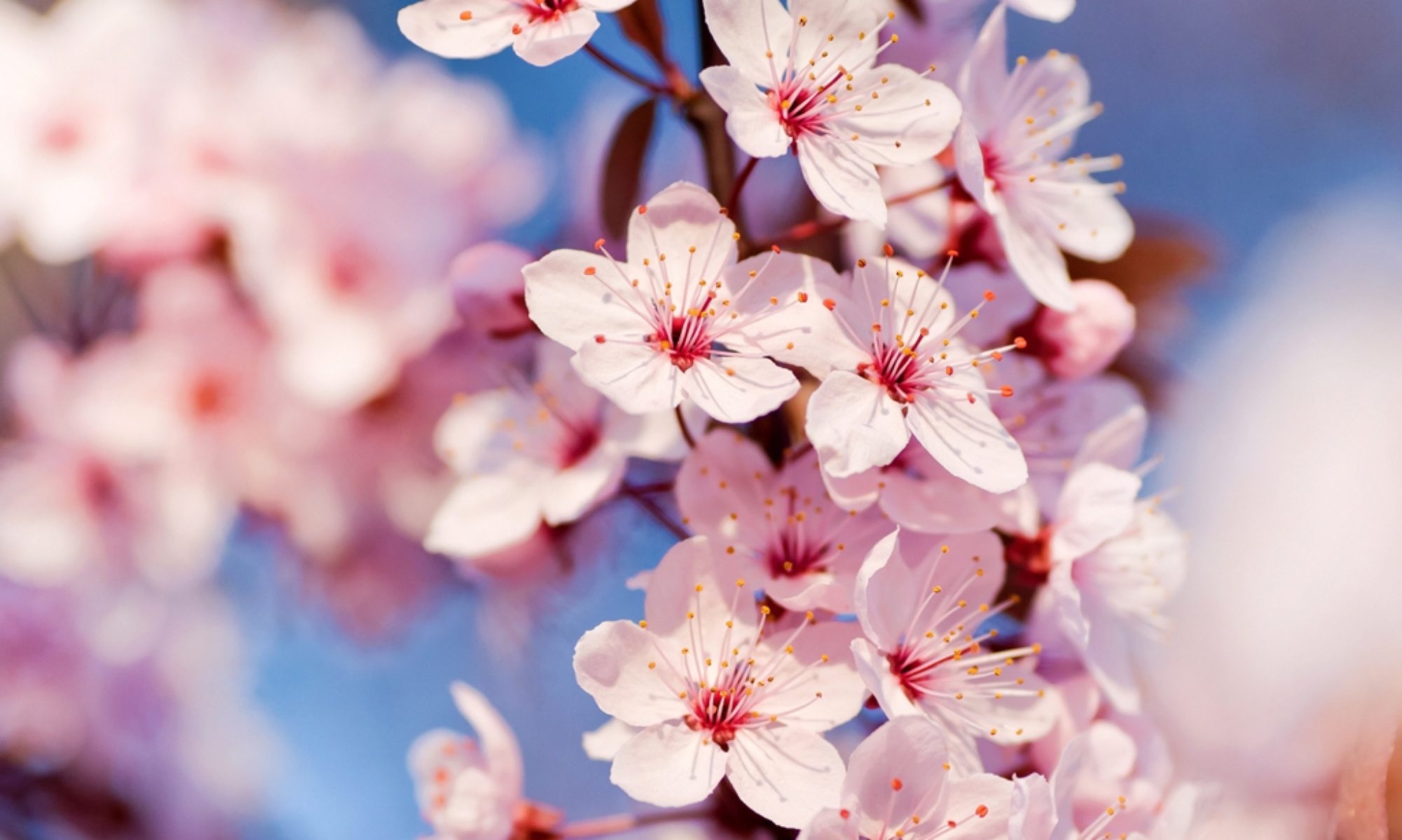Shonishin is translated means sho = little, ni = children and shin= needle. This technique grew in popularity during the 1700s in Osaka, Japan and was specifically designed for the treatment of infants and children up to the age of 12. In one of the historical descriptions of the “nine needles” the Ling shu, describes round headed needles that were invented not to puncture the skin, but used for pressing on the surface of the body.This gentle technique involves non insertive gentle stimulation over meridians of the body, to help increase the vital energy of the child while strengthening their constitution.
It is believed that shonishin began as a family treatment method and is used for a variety of ailments:
Teething
Failure to thrive syndrome
Digestive problems, diarrhea, constipation, GERD
Behavioral, emotional or sleep problems, night terrors
Skin diseases, eczema
Respiratory problems, Allergies, colds
Colic,
Recurring ear infections
General weak constitutions, starting at birth
Urinary disturbances, bedwetting
Behavioral problems
Overall needing improvement of vitality
During treatments, parents also have a role, it is encouraged to have them be present and supportive during the treatments. Depending on the patient, once or twice a week is recommended between treatments. Parents will also be shown how to use certain pressure points between sessions to enhance treatments.
Treatments are 30 min and have been found to be relaxing if not pleasurable for the child.


